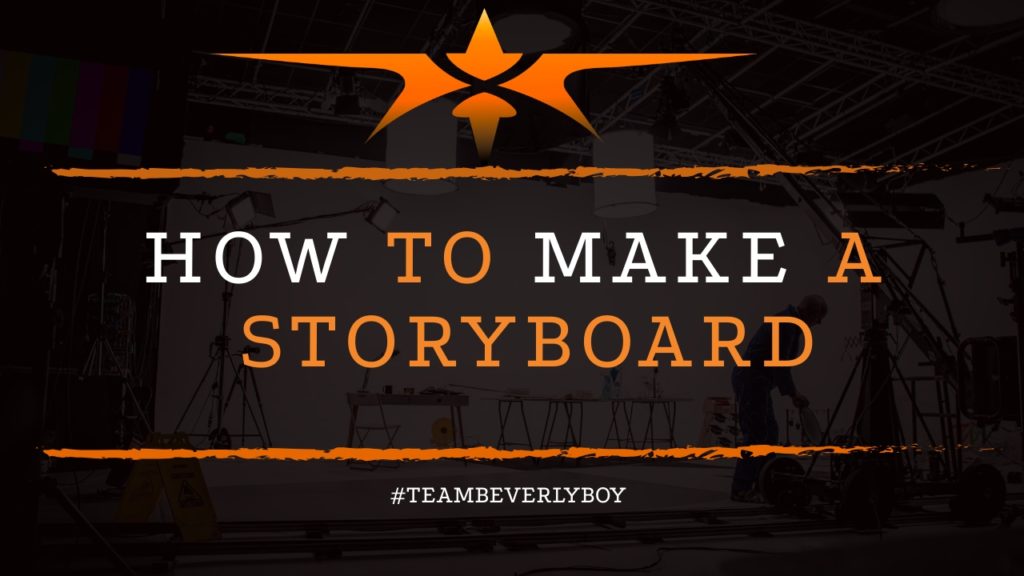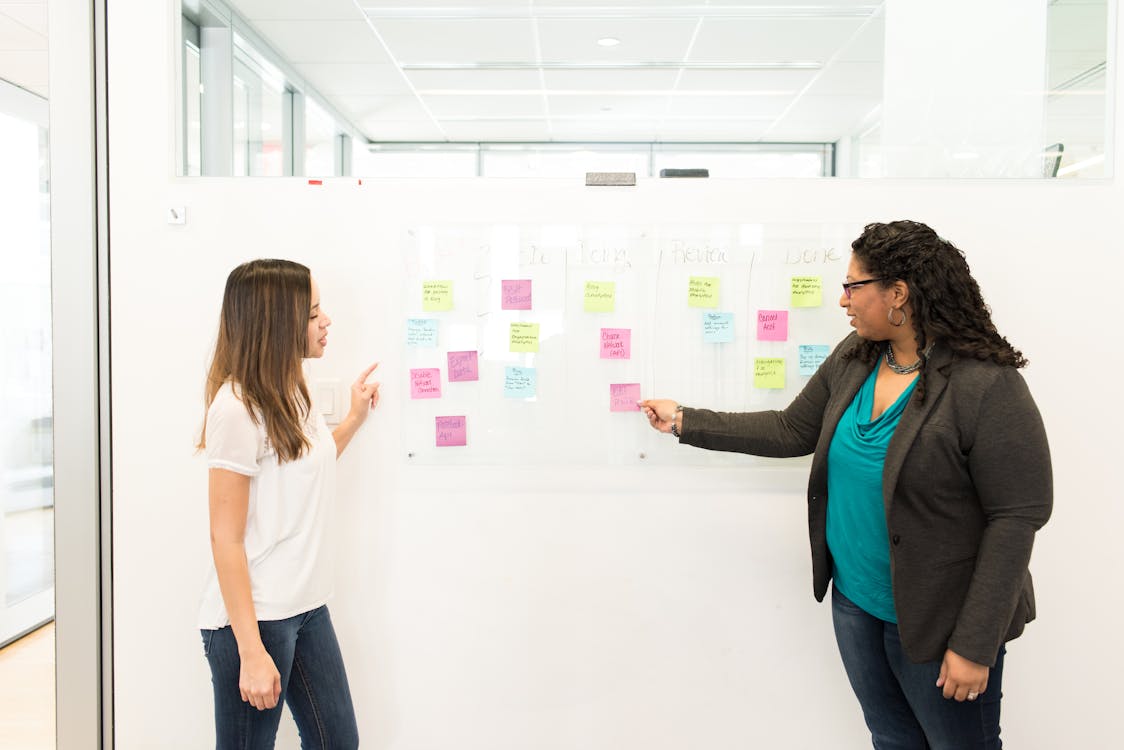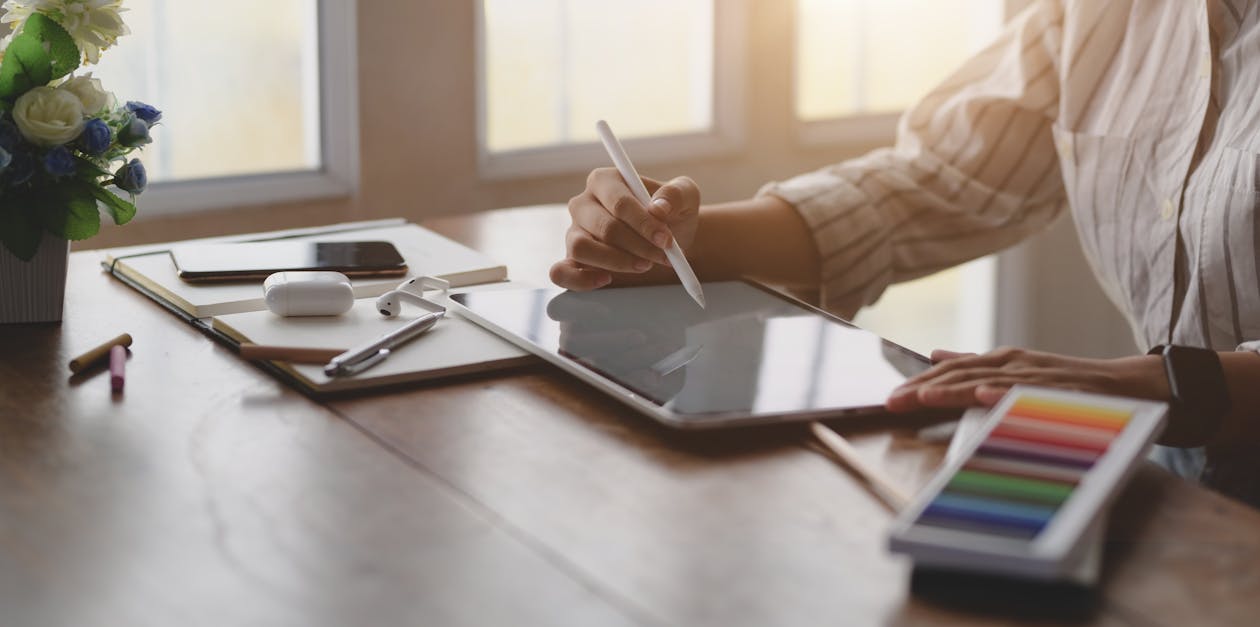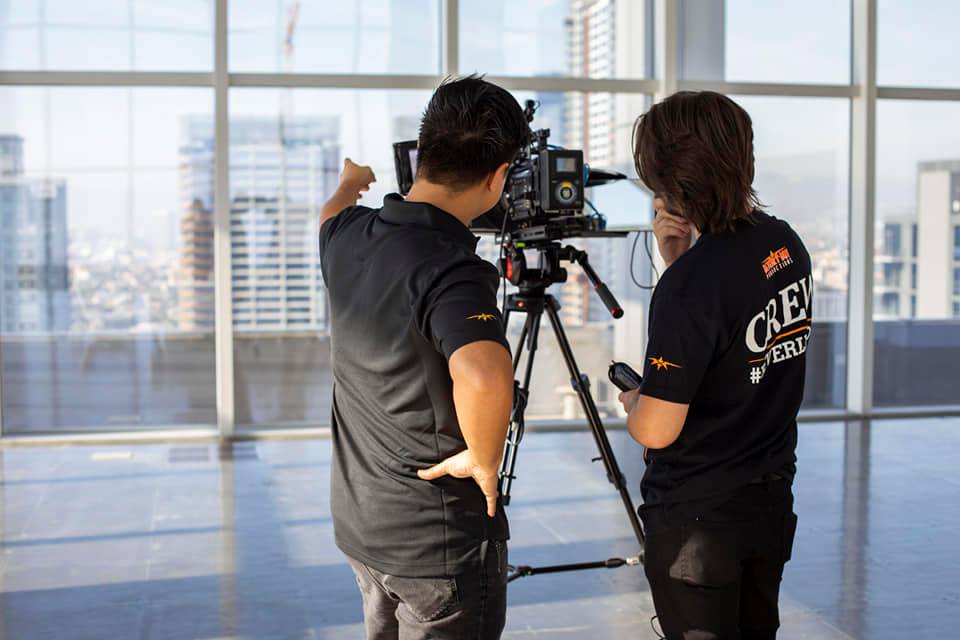
How to Make a Storyboard
Whether you’re creating a corporate marketing video or a movie for the big screen, storyboards are a necessary element to the production process. Often, storyboards are the first glimpse we have into the directions, props, shots, and camera angles that will make up the finished video project. The storyboard can help you eliminate poor ideas and build on great ideas so that your video project comes out exactly how you want it. We’re showing you how to make a storyboard from start to finish. Follow along.

What is included
The storyboard will include graphics that will represent each individual shot that will take place and a set of written notes that provide additional details and context clues to bring the shots together. The graphics represent an accurate visual of the finished project. On low budget productions, the storyboard graphics may be stick figures and very basic color schemes. On big screen productions, the graphics are often elaborately detailed renditions of what each shot will look like. Most productions have storyboard graphics that fall somewhere in between.
Written content that is included in the storyboard includes various notes that compliment the graphics and help the team to know the intent of the shot. Set directions, camera angles, lighting, voice-over or actor lines, and various other context clues may be included in the written notes. These notes also define what happened in the prior scene to help the viewer better understand where the shot is coming from. The notes will also describe any camera movements or additional input regarding sound equipment needs or special effects that will bring the shot to live.

Simplicity is Key
The first major thing to remember when creating a storyboard is that it should be simple. You need a clearly defined image representation of each intended shot for your production. As you create each shot for the storyboard, keep the details to a minimum, including only the important shot details that cannot be portrayed visually in the image.
Storyboard is Not Set in Stone
The storyboard is not set in stone, and is relatively easy to change–remember that. Don’t be afraid to make changes to the storyboard or to completely scrap some ideas and start over. It’s easier and better to do so now versus later on when production is already under way.

Skip the Small Stuff
There’s no need to create a storyboard image for every little detail. Skip the small stuff that isn’t the primary focus of the film and spend time mapping out the major details that are most important. Choose to map the most important details and give your attention to those to make sure they are perfect. Leave the finer details alone for now.

Get Graphic
The graphics are often overlooked when creating a storyboard. Don’t leave out important details about graphics. Include guiding data as to the on-screen VFX, animations and graphic text that will be included in the film. These can be drawn into the storyboard or the plans can be included in the written notes for the associated panels.

Directions Matter
Finally, as you work on the storyboard you should remember that you can include a variety of directions in your notes or visually in the depicted storyboard. You should be included details on light source or directions, the movement of cameras, how characters are moving, and any other directional cues that will make the story easier to understand. Use arrows to show the direction of movement or draw the change out for a visual representation.

Now that you know how to make a storyboard and the importance of having direction for a smooth production you can get started. If you need help from start to finish of your project, call Team Beverly Boy. We are happy to help!


